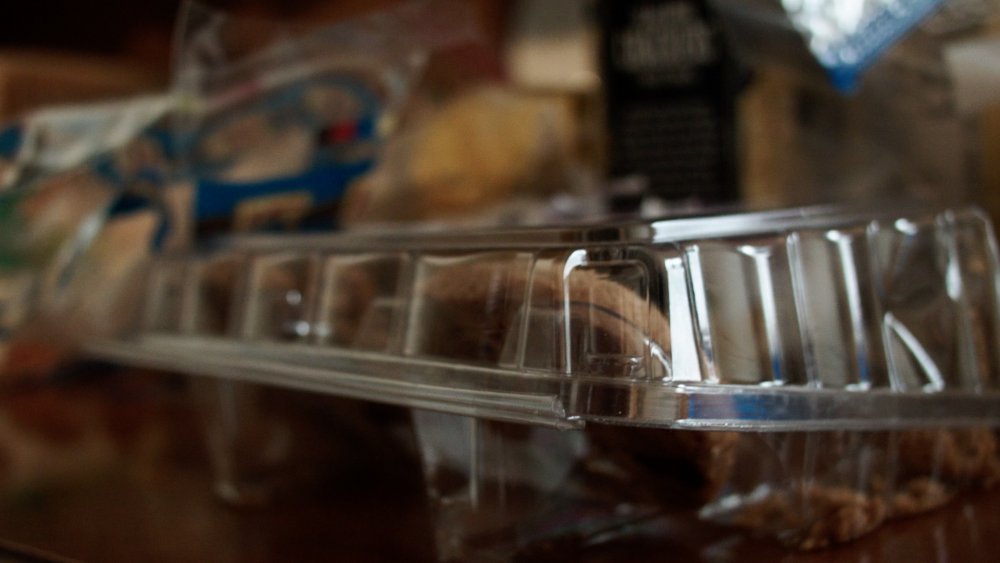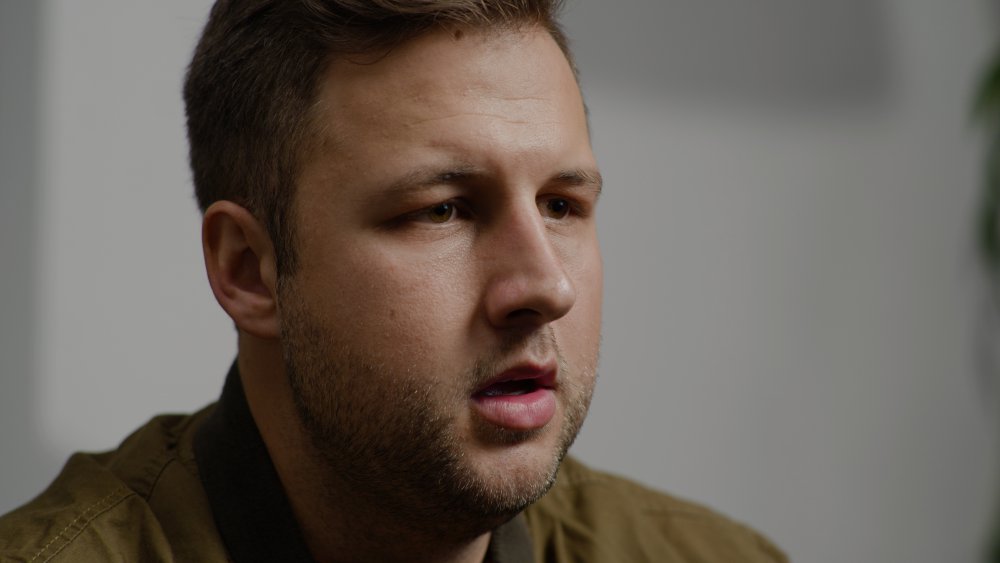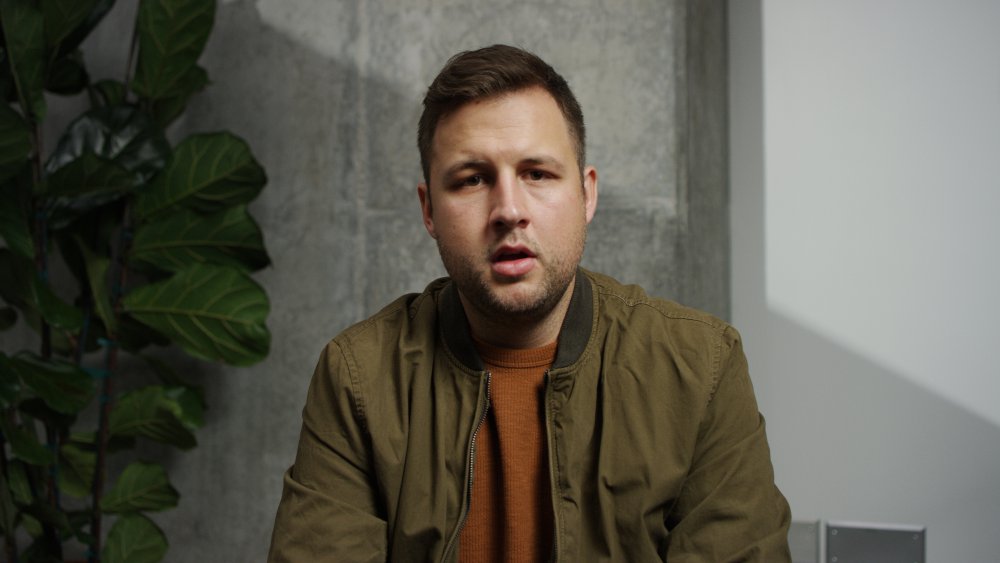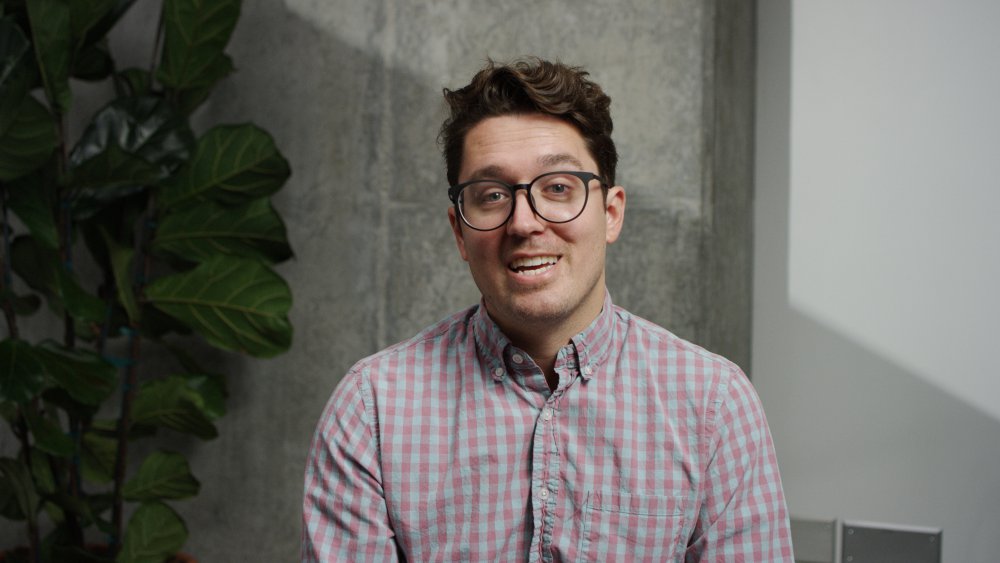Leaderboard
Popular Content
Showing content with the highest reputation on 04/13/2021 in all areas
-

Best affordable camera as of 2021?
empedocles and one other reacted to MrSMW for a topic
The Panny S1 is ‘probably’ the best value bit of kit available right now, just pipping the Fuji XT3, but unless size & weight is more important, S1 for the win. However, if size & weight is a factor, Pannyboy S5 over the XT3. That’s where my money would be going, Panasonic or Fuji.2 points -

Best affordable camera as of 2021?
empedocles and one other reacted to MicahMahaffey for a topic
A used Panasonic s1 is like $1500. Great camera with vlog. Internal 6k open gate full frame 10bit, 4k 60 10bit, Prores Raw over hdmi. Anamorphic modes, amazing IBIS, great internal battery life (3 hours per battery) Full Varicam V-Log and Cine Color science. For what it goes for on the used market its probably the best bang for buck camera you can get currently.2 points -

Camera resolutions by cinematographer Steve Yeldin
MaverickTRD reacted to kye for a topic
I think perhaps the largest difference between video and video games is that video games (and any computer generated imagery in general) can have a 100% white pixel right next to a 100% black pixel, whereas cameras don't seem to do that. In Yedlins demo he zooms into the edge of the blind and shows the 6K straight from the Alexa with no scaling and the "edge" is actually a gradient that takes maybe 4-6 pixels to go from dark to light. I don't know if this is do to with lens limitations, to do with sensor diffraction, OLPFs, or debayering algorithms, but it seems to match everything I've ever shot. It's not a difficult test to do.. take any camera that can shoot RAW and put it on a tripod, set it to base ISO and aperture priority, take it outside, open the aperture right up, focus it on a hard edge that has some contrast, stop down by 4 stops, take the shot, then look at it in an image editor and zoom way in to see what the edge looks like. In terms of Yedlins demo, I think the question is if having resolution over 2K is perceptible under normal viewing conditions. When he zooms in a lot it's quite obvious that there is more resolution there, but the question isn't if more resolution has more resolution, because we know that of course it does, and VFX people want as much of it as possible, but can audiences see the difference? I'm happy from the demo to say that it's not perceptually different. Of course, it's also easy to run Yedlins test yourself at home as well. Simply take a 4K video clip and export it at native resolution and at 2K, you can export it lossless if you like. Then bring both versions and put them onto a 4K timeline, and then just watch it on a 4K display, you can even cut them up and put them side-by-side or do whatever you want. If you don't have a camera that can shoot RAW then take a timelapse with RAW still images and use that as the source video, or download some sample footage from RED, which has footage up to 8K RAW available to download free from their website.1 point -
Best affordable camera as of 2021?
empedocles reacted to stv for a topic
I could be wrong but I think the K is for the package that comes with the kit lens while the other one is body only. No difference between the cameras themselves.1 point -

Best affordable camera as of 2021?
empedocles reacted to IronFilm for a topic
If you want to stick with Panasonic MFT (like your G6), and you don't care about the IBIS in the GH5/G9, then yes the Panasonic GH5S would be your "best" choice. (for maximum bang for buck though, consider also the Panasonic G85) But if you're to consider other Panasonic choices then consider: Panasonic S5 or S1 (or even S1H, if you have the cash). But if you're to consider other MFT choices then consider: Z Cam E2-M4 or BMD Pocket 4K.1 point -
I picked up a very inexpensive BMMCC last year and I am finally getting around to rigging it up. I bought a SmallHD Focus, but I need a new HDMI cable for it. So in the meantime, I used my TV as a monitor to test the Metabones Speedbooster with it and the weirdest thing occurred... everything worked fine but when I hit record, the screen went black... when I hit record again, the image returned. The shots were recorded but obviously I was flying blind. Any ideas why this is happening? With that said, I forgot how much I like the image from the Micro. With just a LUT and a couple exposure adjustments, I came up with this...1 point
-

Are Sony sensors ruining video with the 'Sony look'?
austinchimp reacted to kye for a topic
I've been trying to pull this apart for a long time, or maybe it just seems like a long time, it's hard to tell! I get the sense that the difference is a culmination of all the little things, and that the Alexa does all of the things you mention very well, and most cameras don't do these things nearly as well. Further to that, each of us has different sensory sensitivities, so while one person might be very bothered by rolling shutter (for example) the next person may not mind so much, etc. Also, the "lesser" cameras, like the GH5, will do some things more poorly than others, for example the 400Mbps ALL-I 10-bit 4K mode isn't as good as an Alexa, but it's significantly better than something like the A7S2 with its 100Mbps 8-bit 4K mode. And finally, the work you are doing will require different aspects, like dynamic range being more important in uncontrolled lighting and rolling shutter being more important in high-movement scenes and (especially) when the camera is moving a lot. So in this sense, camera choice is partly a matter of finding the best overlap between a cameras strengths, your own sensitivities / preferences, and the type of work you are doing. Furthermore, I would imagine that some cameras exceed the Alexas capability, at least in some aspects. These examples are rarer, and it depends on which Alexa you are talking about, but if we take the original Alexa Classic as the reference, then the new Alexa 65 exceeds it in many ways. I believe RED has models that may meet or exceed the Alexa line in terms of Dynamic Range (it's hard to get reliable measures of this so I won't state that as fact) and I'm sure there are other examples. There are other considerations beyond image though, considering that the subject of the image is critical, and I couldn't do my work at all if I had an Alexa, firstly because I couldn't carry the thing for long enough, and secondly that I'd get kicked out of the various places that I like to film, which includes out in public and also in private places like museums, temples, etc which reject "professional" shooting, which they judge by how the camera looks. Everything is a compromise, and the journey is long and deep. I've explored many aspects here on the forums though, and I'm happy to discuss whichever aspects you care to discuss as I enjoy the discussions and learning more. Many of the threads I started seem to fall off, but often I have progressed further than the contributions I have made in the thread, often because I came back to it after a break, or because I've developed a sense of something but can't prove it, so if you're curious about anything then just ask 🙂1 point -
I used to use a Canon XM2 (miniDV) and really liked it - very pleasing image. It had a fun, adjustable strobe effect too.1 point
-
Hands-on with the Fuji GFX 100S
Caleb Genheimer reacted to androidlad for a topic
You misunderstood. Pixel-binning has a strong anti-aliasing effect (blurring). Especially so for a 3 x 3 pattern.1 point -

Camera resolutions by cinematographer Steve Yeldin
John Matthews reacted to kye for a topic
Based on that, there is no exact way to test resolutions that will apply to any situation beyond the specific combination being tested. So, let's take that as true, and do a non-exact way based upon a typical image pipeline. I propose comparing the image from a 6K cinema camera being put onto a 4K timeline vs a 2K timeline, and to be sure, let's zoom in to 200% so we can see the differences a little more than they would normally be visible. This is what Yedlin did. A single wrong point invalidates an analysis if, and only if, the subsequent analysis is dependent on that point. Yedlins was not. No he didn't. You have failed to understand his first point, and then subsequently to that, you have failed to realise that his first point isn't actually critical to the remainder of his analysis. You have stated that there is scaling because the blown up versions didn't match, which isn't valid because: different image rendering algorithms can cause them to not match, therefore you don't actually know for sure that they don't match (it could simply be that your viewer didn't match but his did) you assumed that there was scaling involved because the grey box had impacted pixels surrounding it, which could also have been caused by compression, so this doesn't prove scaling and actually neither of those matter anyway, because even if there was scaling, basically every image we see has been scaled and compressed Your "problem" is that you misinterpreted a point, but even if you hadn't misinterpreted it could have been caused by other factors, and even if it wasn't, aren't relevant to the end result anyway.1 point -

Shot On Lumix S1 + Anamorphot-50
ntblowz reacted to MicahMahaffey for a topic
cameras: Panasonic Lumix S1, Mavic Pro 2 lenses: konica Hexinion AR 40mm 1.8 + SLR Magic anamorphot 50 (green coating)1 point -
1 point
-

Panasonic S1 V-LOG -- New image quality king of the hill
Vintage Jimothy reacted to Parker for a topic
1 point







